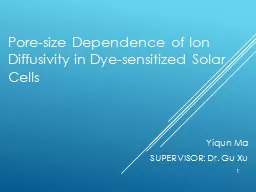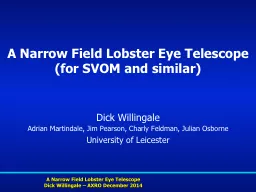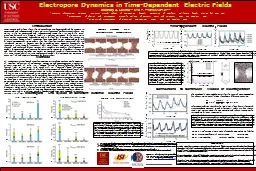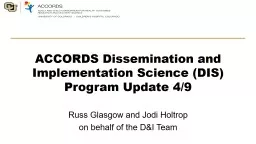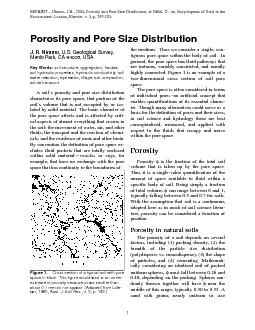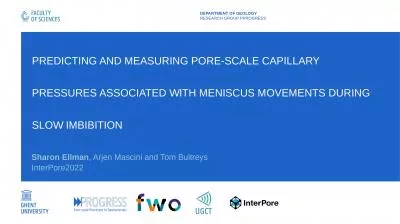PPT-Pore Structure of Vuggy Carbonates and Rate Dependent Dis
Author : karlyn-bohler | Published Date : 2016-09-12
Neeraj Rohilla Dr George J Hirasaki Rice University Houston Texas USA April 23 2012 2 Motivation Fifty percent of worlds oil in place is in Carbonate reservoirs
Presentation Embed Code
Download Presentation
Download Presentation The PPT/PDF document "Pore Structure of Vuggy Carbonates and R..." is the property of its rightful owner. Permission is granted to download and print the materials on this website for personal, non-commercial use only, and to display it on your personal computer provided you do not modify the materials and that you retain all copyright notices contained in the materials. By downloading content from our website, you accept the terms of this agreement.
Pore Structure of Vuggy Carbonates and Rate Dependent Dis: Transcript
Download Rules Of Document
"Pore Structure of Vuggy Carbonates and Rate Dependent Dis"The content belongs to its owner. You may download and print it for personal use, without modification, and keep all copyright notices. By downloading, you agree to these terms.
Related Documents



